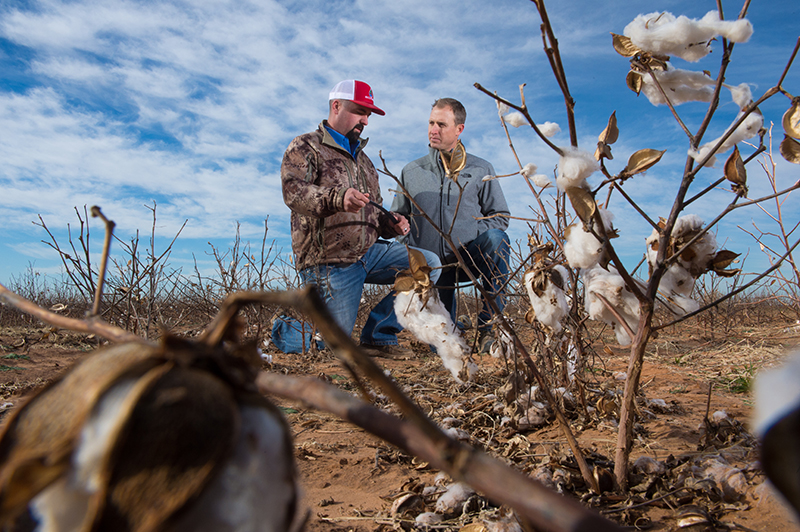Weather Conducive To Wheat Head Scab, Corn Armyworms
Last week, wheat fields in Barton County were scouted by Wyatt Miller, an agronomy assistant with University of Missouri Extension.
“The majority of wheat scouted this week was in the flowering stage. Some fields have just begun to flower, while in others, flowering is complete,” said Miller.
Miller says producers should be scouting their fields to determine if pesticide applications may be warranted. Current weather conditions have slowed the growth of wheat and may be conducive for head scab if wet weather continues.
Wheat is most susceptible to head scab at flowering. Head scab is favored by temperature range of 77-86° F, frequent rains, overcast days, and high humidity.
“Head scab is treated by using a preventative measure of a fungicide application. Producers should consider yield potential, future weather, and growth stage when considering fungicide application,” said Miller. “Once flowering is completed, head scab treatment will not be justified. If fungal diseases reach the leaf just below the flag leaf, fungicide application may still be appropriate.”
Wheat producers should also be scouting for true armyworms. True armyworm populations have been light in wheat this spring, but a few fields have required an insecticide application.
According to MU Entomologist, Wayne Bailey, economic thresholds are met when an average of four or more half-grown or larger worms per square foot are present during late spring and before more than 2 to 3% of seed heads are cut from stems.
“Although foliage feeding always occurs with true armyworm larvae, cutting of wheat heads from plants occurs only in some years,” said Miller. “No head cutting has been reported, but wheat should be monitored several times per week after heading as true armyworm larvae can cut most heads from plants in a two to three day period once they begin cutting heads.”
Very small larvae are pale green in color, but quickly change to yellowish-brown or tan bodies with tan to brown heads mottled with darker brown patterns. Three distinct broad, longitudinal dark stripes run the length of the body with one occurring on the back and one running down each side. Also one or more orange lines can be found running the length of each side of the body from head to tail.
To determine the presence of small larvae, scout plant debris on the ground and for feeding damage on lower plant foliage. Small larvae are best scouted during late afternoon, evening , and early morning hours. As larvae increase in size, they will feed during both night and day periods and move upward on host plants as they consume foliage.
Corn producers should be scouting fields for black cutworms and true armyworms. Black cutworm moths typically begin arriving in Missouri from southern states about April 1 with peak flights occurring about April 10 annually.
“While the risk of economic infestations in field corn is now reduced, it is still possible for moth flights to continue for several weeks and cause problems in corn,” said Miller.
The economic threshold for black cutworm in field corn is to treat when three-fourths of an inch or smaller larvae cause two to three percent or more of seedling plants to wilt or be cut above or below ground up to the 5-leaf stage of corn seedling growth.
“Black cutworm damage was seen in fields scouted this week and was reported to be above economic threshold levels in some fields in the area. True armyworm treatment in seedling corn is justified when 25% or more of plants are being damaged. True armyworm damage has not been seen yet in wheat or corn.”






